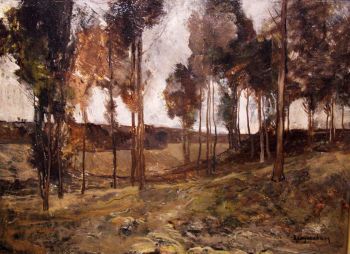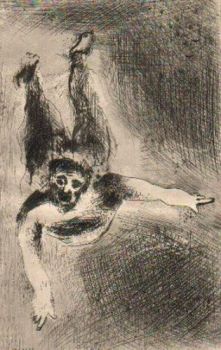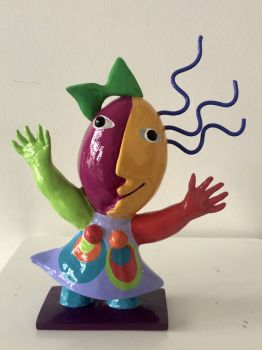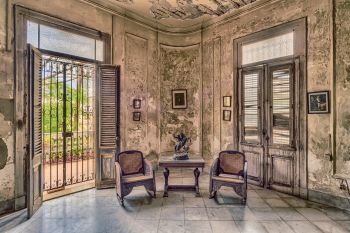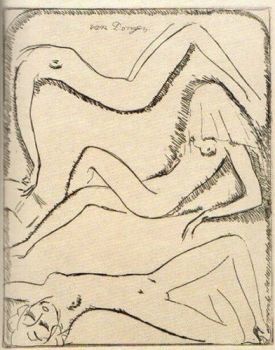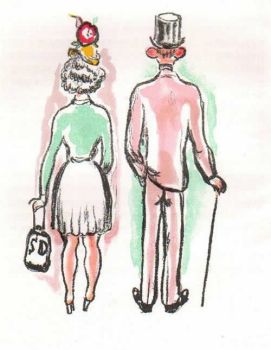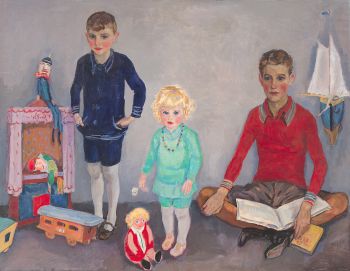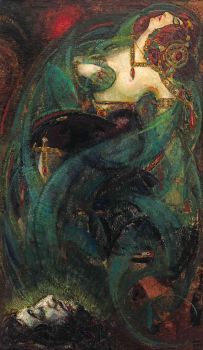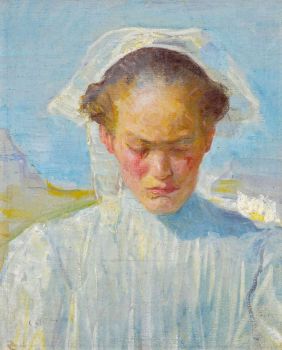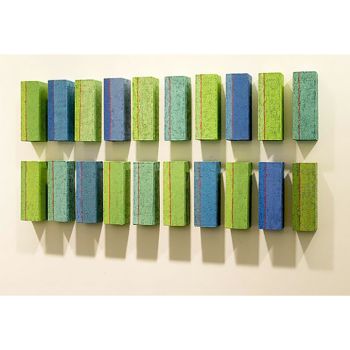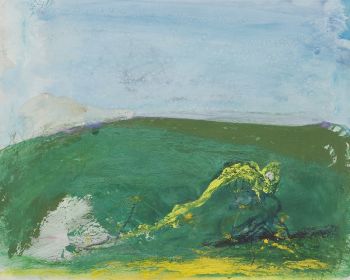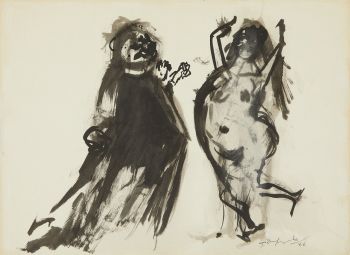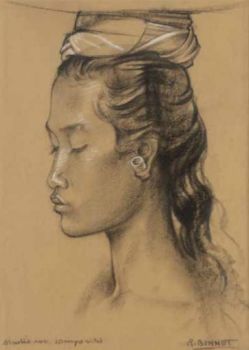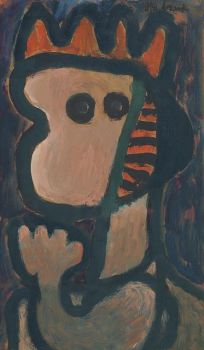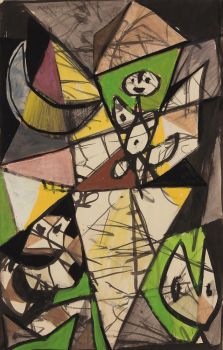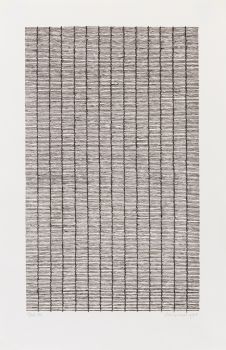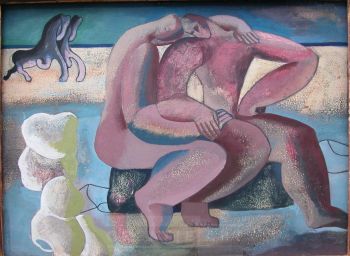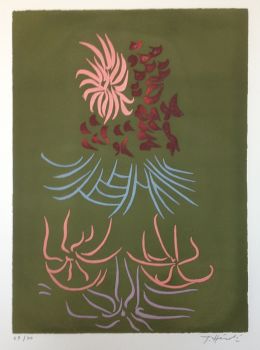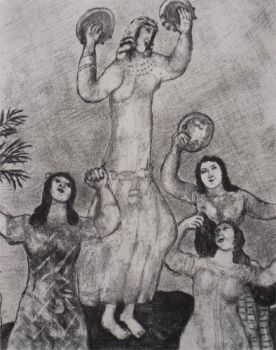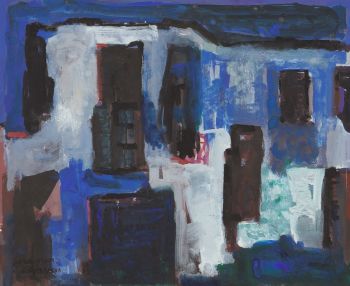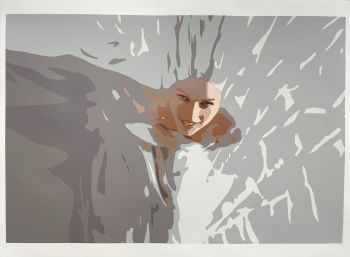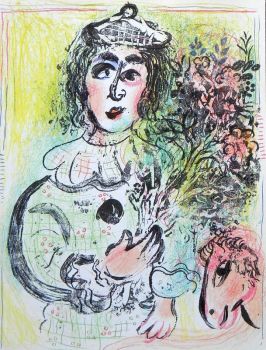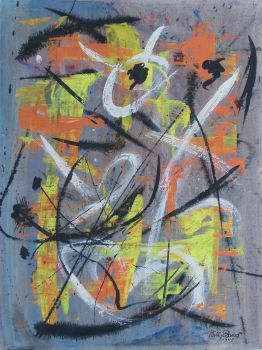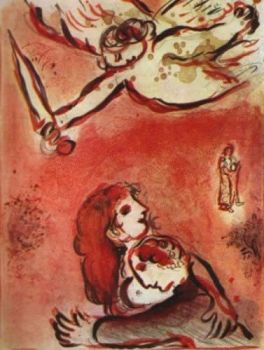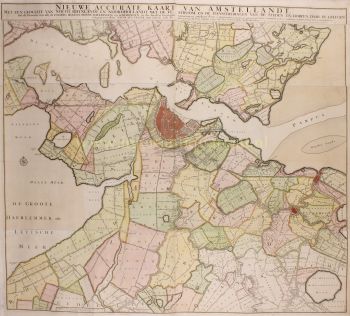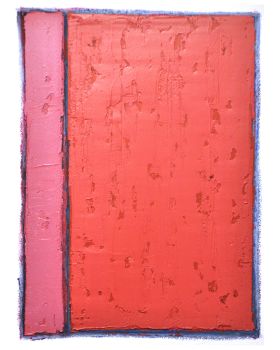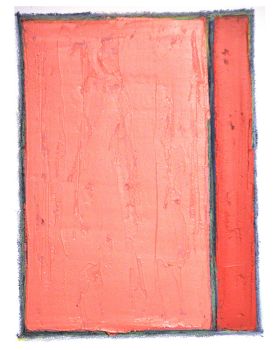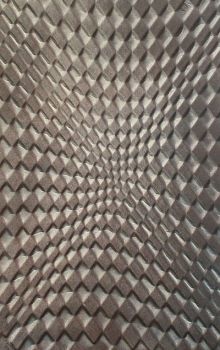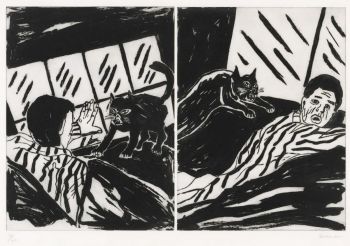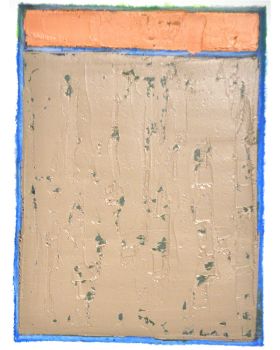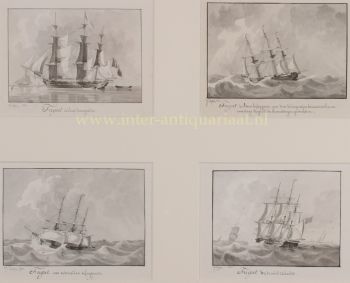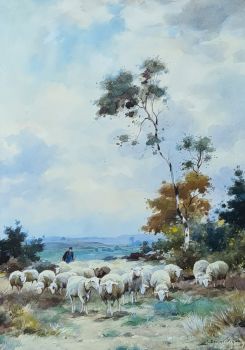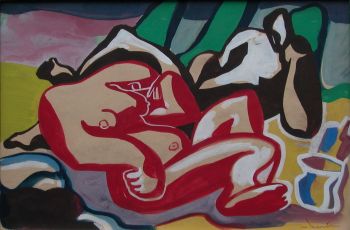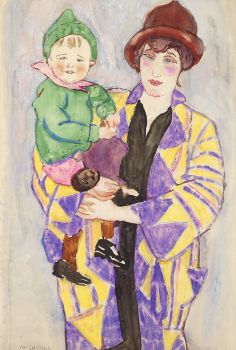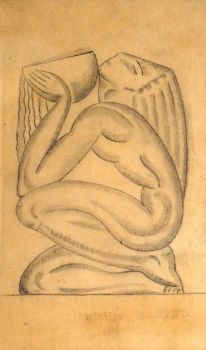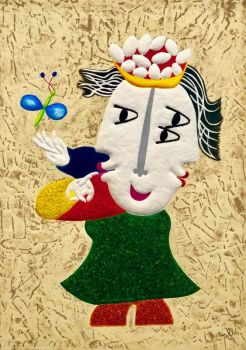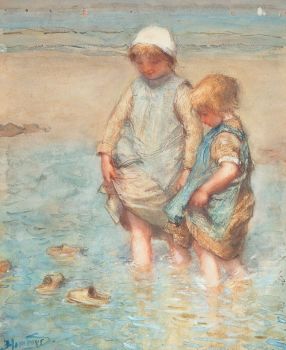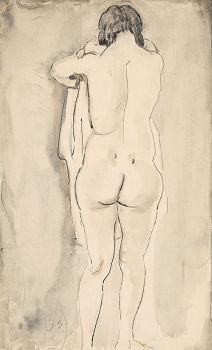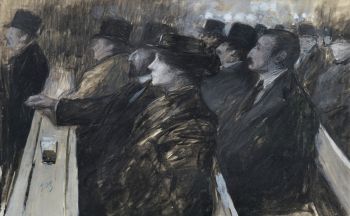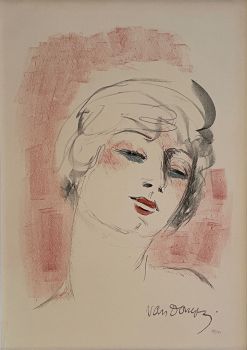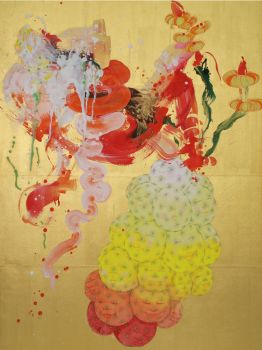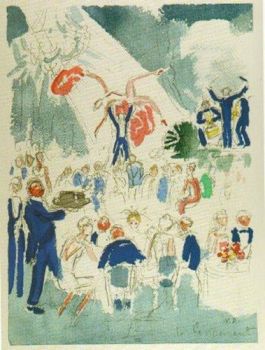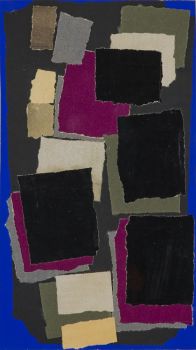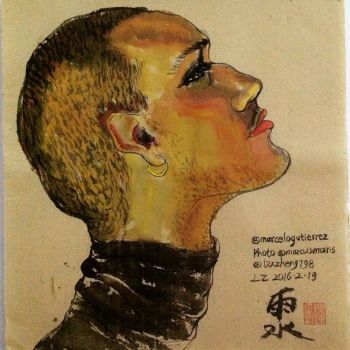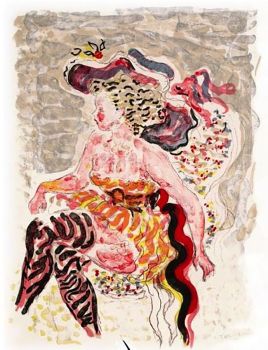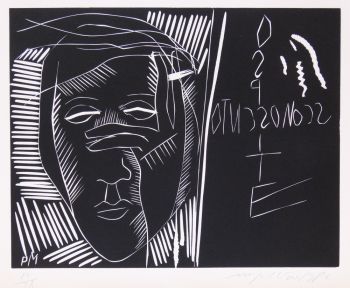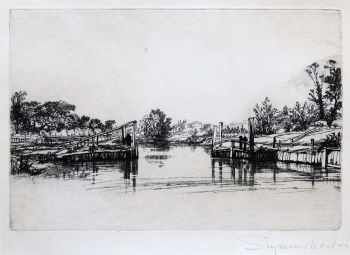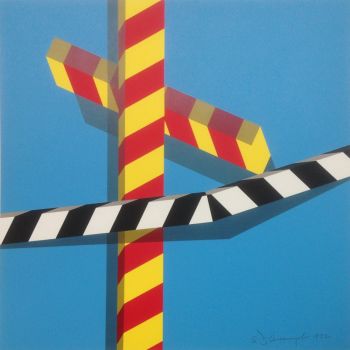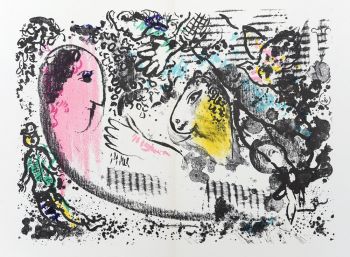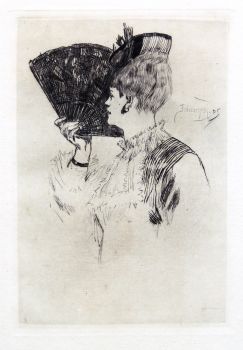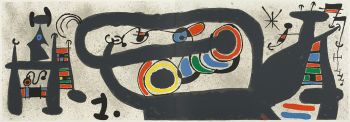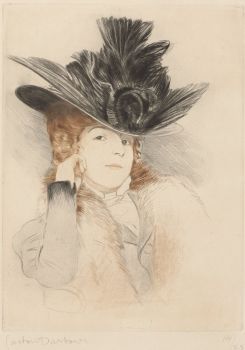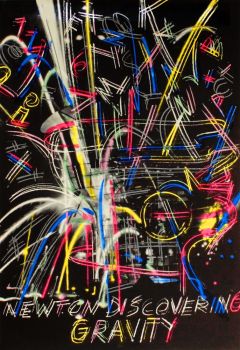Libons 1970
Werner Graeff
InkPaper
65 ⨯ 50 cm
ConditionMint
Price on request
Hans den Hollander Prints
- About the artworkmedium: linocut
edition size: 30 (13/30)
signature: lower right in pencil
Werner Graeff, born 24 August 1901 in Sonnborn, was a German sculptor, painter, graphic artist, photographer and inventor. Graeff graduated from high school in Berlin-Tegel. His first pictures were taken in an Impressionist style. Around 1919 he turned to Cubist forms. This style also influenced his early sculptures. From 1921 he was a student at the Bauhaus in Weimar. That same year he joined the De Stijl group and was from 1922 employees of the same journal.
He took a course at Stijl, Theo van Doesburg. Also in 1922 he participated in the "First International Congress Advanced Artist" of 29 to 31 May in Dusseldorf. Graeff was 1924 with Hans Richter and Piet Mondriaan, the Journal of Basic Design (abbreviated G). His first book was published in 1927 by Willi Baumeister. In the winter semester 1924/1925 Graeff began studying at the Technische Hochschule in Berlin-Charlottenburg, which he abandoned it for economic reasons. In the following years he turned more to writing, his artistic ambitions resigned. Mies van der Rohe in 1928 made him the chief propagandist of the exhibition The apartment in the Weißenhofsiedlung in Stuttgart.
He has published on behalf of the German Werkbund exhibition at the volumes of construction and housing and interiors. 1931/1932 was Graeff teacher of photography at the Reimann School in Berlin.
In 1936 he emigrated to Spain. The years of war and immediate postwar period Graeff lived as a teacher and a writer in Switzerland. From 1946 he developed there one of the first mini cameras in the world.
From 1950, he returned to painting. He was from 1951 to 1958 taught at the Folkwang School in Essen.
Graeff died unexpectedly on 29 August 1978 in Blacksburg, Virginia, USA.
The second by his wife Ursula Graeff deer managed estate of the artist in 2009 was bequeathed to the Museum Wiesbaden. - About the artistWerner Graeff, born 24 August 1901 in Sonnborn, was a German sculptor, painter, graphic artist, photographer and inventor. Graeff graduated from high school in Berlin-Tegel. His first pictures were taken in an Impressionist style. Around 1919 he turned to Cubist forms. This style also influenced his early sculptures. From 1921 he was a student at the Bauhaus in Weimar. That same year he joined the De Stijl group and was from 1922 employees of the same journal.
He took a course at Stijl, Theo van Doesburg. Also in 1922 he participated in the "First International Congress Advanced Artist" of 29 to 31 May in Dusseldorf. Graeff was 1924 with Hans Richter and Piet Mondriaan, the Journal of Basic Design (abbreviated G). His first book was published in 1927 by Willi Baumeister. In the winter semester 1924/1925 Graeff began studying at the Technische Hochschule in Berlin-Charlottenburg, which he abandoned it for economic reasons. In the following years he turned more to writing, his artistic ambitions resigned. Mies van der Rohe in 1928 made him the chief propagandist of the exhibition The apartment in the Weißenhofsiedlung in Stuttgart.
He has published on behalf of the German Werkbund exhibition at the volumes of construction and housing and interiors. 1931/1932 was Graeff teacher of photography at the Reimann School in Berlin.
In 1936 he emigrated to Spain. The years of war and immediate postwar period Graeff lived as a teacher and a writer in Switzerland. From 1946 he developed there one of the first mini cameras in the world.
From 1950, he returned to painting. He was from 1951 to 1958 taught at the Folkwang School in Essen.
Graeff died unexpectedly on 29 August 1978 in Blacksburg, Virginia, USA.
Are you interested in buying this artwork?
Artwork details
Category
Style
Material & Technique
Colour
Related artworks
Willem van Konijnenburg
Landscape in Limburg, the south of the Netherlands1868 - 1943
Price on requestKunsthandel Pygmalion
1 - 4 / 24- 1 - 4 / 24
Adrianus Johannes Groenewegen
Schaapsherder met kudde1874 - 1963
Price on requestGalerie Het Noorderlicht
1 - 4 / 24- 1 - 4 / 12




